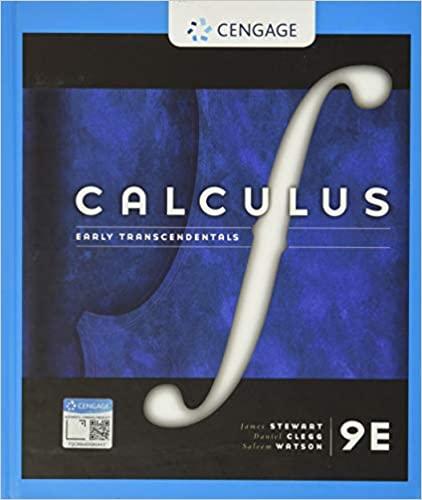Question
1)we differentiated between most powerful tests from uniformly most powerful tests. We also compared simple hypotheses with composite hypotheses. Are likelihood ratio tests always the
1)we differentiated between most powerful tests from uniformly most powerful tests. We also compared simple hypotheses with composite hypotheses. Are likelihood ratio tests always the most powerful tests? Why or why not? Use one example to explain.
The most effective tests are not usually likelihood ratio tests. The likelihood ratio test is the most effective when comparing two simple hypotheses, according to the Neyman-Pearson lemma. It is hard to determine a test that is always the most effective when evaluating composite hypotheses, and likelihood ratio tests may not be the most effective. For example if we have two hypotheses, H0: = 0 and H1: 0, where is the population mean of a normal distribution, and we want to test these hypotheses using a significance level of = 0.05 with a sample size of 10, the most powerful test is actually the two-sided t-test. Rather than the likelihood ratio test. This is because the t-test is specifically designed for testing hypotheses about the mean of a normal distribution, whereas the likelihood ratio test is a more general test that can be used for a variety of distributions.
is this correct?
Step by Step Solution
There are 3 Steps involved in it
Step: 1

Get Instant Access to Expert-Tailored Solutions
See step-by-step solutions with expert insights and AI powered tools for academic success
Step: 2

Step: 3

Ace Your Homework with AI
Get the answers you need in no time with our AI-driven, step-by-step assistance
Get Started


